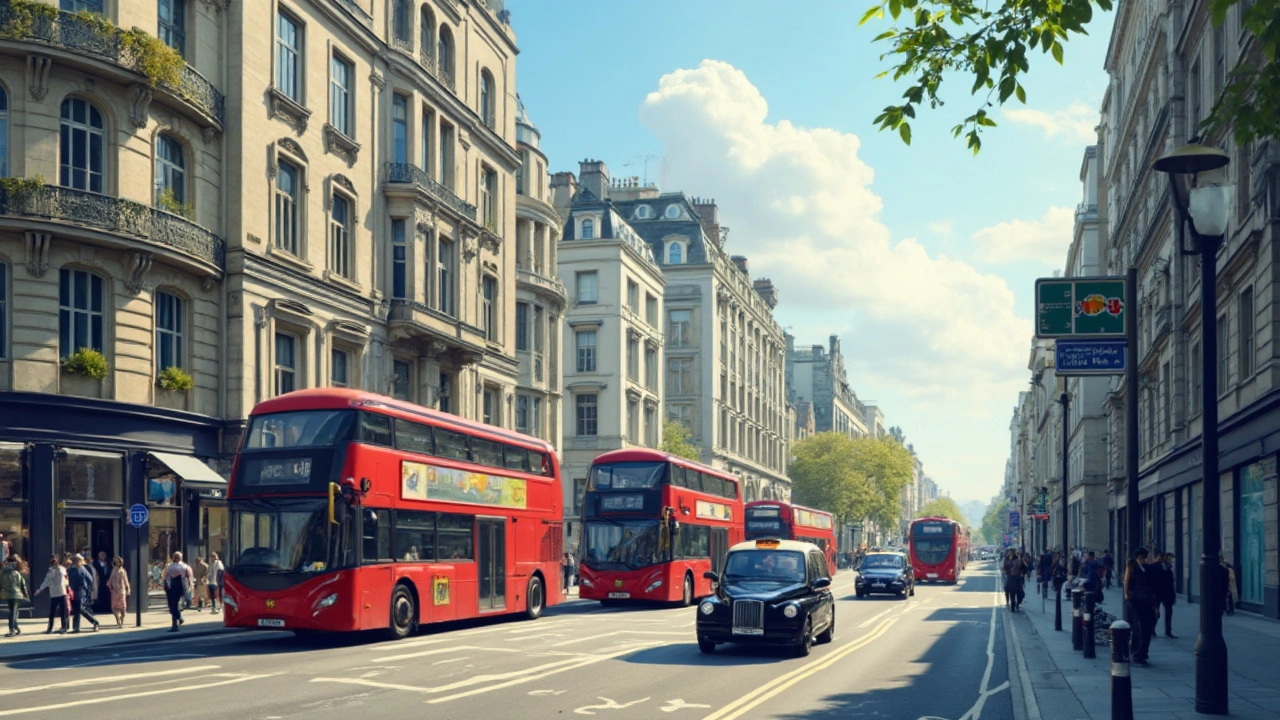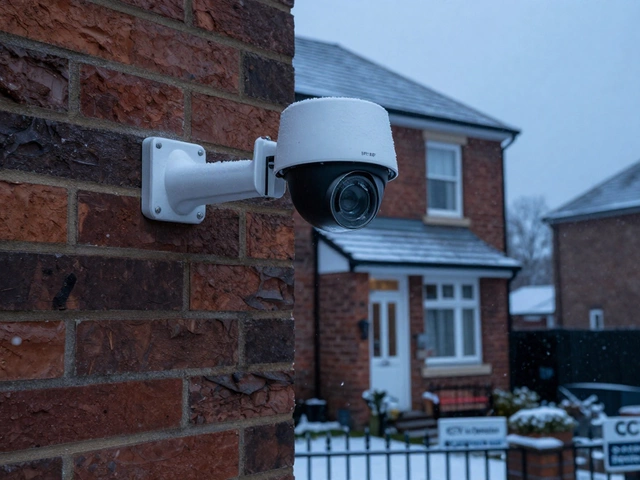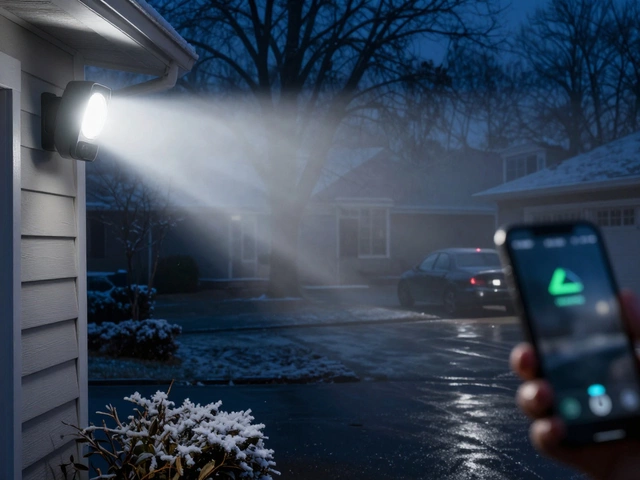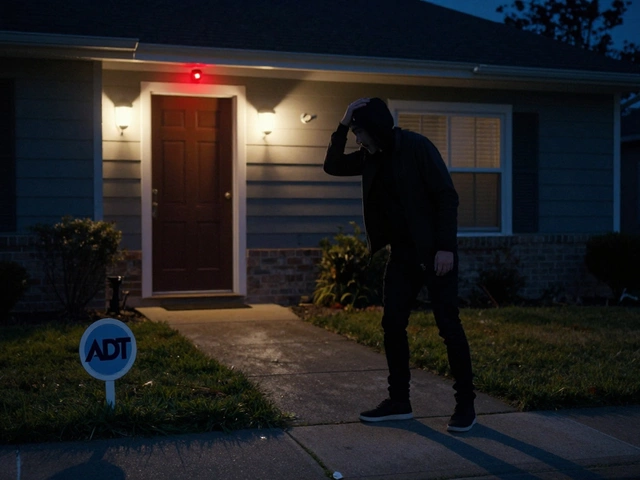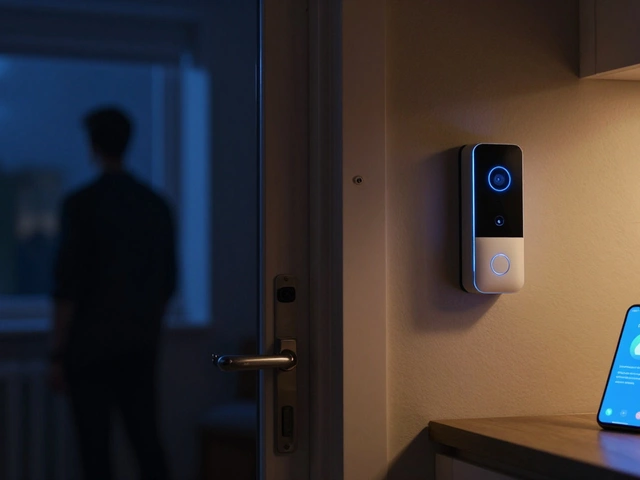CCTV Power Options: Keep Your Cameras Running All Day
Ever wonder why a camera goes dark the moment the power flicks? It’s not magic – it’s the power source you chose. Picking the right option means you never lose footage when you need it most.
Wired Power Sources
Traditional AC mains is the simplest answer. You run a standard 230V cable from a wall socket to a power supply that steps the voltage down to the camera’s 12V or 24V requirement. It’s cheap, reliable and works everywhere there’s electricity. The downside? You end up with a tangle of cords and a visible power brick that can be a target for tampering.
Power over Ethernet (PoE) takes wiring a step further. One Cat5/6 cable carries both data and power, so you only need a single line to each camera. PoE switches or injectors handle the voltage conversion, and the cameras get a clean, regulated supply. It cuts installation time and hides power details inside the network cable. Just watch the PoE standard – 802.3af (15.4W) versus 802.3at (30W) – to make sure your camera’s power draw fits.
Wireless & Backup Solutions
Solar panels are gaining traction for remote sites or eco‑friendly installs. A small solar array paired with a charge controller and a deep‑cycle battery can run a low‑power camera indefinitely. You’ll need a sunny spot, a battery sized for night‑time use, and a regulator to keep voltage steady. The upfront cost is higher but the long‑term savings and independence from the grid can be worth it.
Battery backup is the safety net every CCTV system should have. A sealed lead‑acid or lithium pack hooked to a UPS (Uninterruptible Power Supply) jumps in the second the mains drops. UPS units also smooth out voltage spikes, protecting sensitive camera electronics. Size your battery for at least 30 minutes of run‑time – that’s enough for most monitoring services to switch to a secondary feed.
When you mix and match, think about maintenance. Solar panels need cleaning, batteries require periodic checks, and PoE switches can overheat if you cram too many cameras onto a single port. A quick rule: don’t exceed 80% of the rated power on any device, and keep an eye on temperature charts in the data sheet.
Choosing the best power option starts with the camera’s location, power consumption, and budget. Indoor cameras on a stable power outlet can stay simple with an AC‑DC adapter. Outdoor, hard‑to‑reach spots benefit from PoE or solar. High‑value zones like a front door or garage should have a UPS backup to guard against outages.
Common mistakes? Overloading a PoE switch, ignoring cable length limits (100 m is the sweet spot), and forgetting to factor in weather‑proofing for solar panels. Also, don’t assume a bigger battery means longer life – the charger’s output must match the battery’s chemistry.
At Birmingham Security Command Center we’ve wired countless CCTV setups across the UK. Whether you need a clean PoE run, a solar‑powered solution for a remote warehouse, or a robust UPS backup for a busy storefront, we’ll size the system right and handle the install. Get in touch to make sure your cameras stay powered no matter what.

